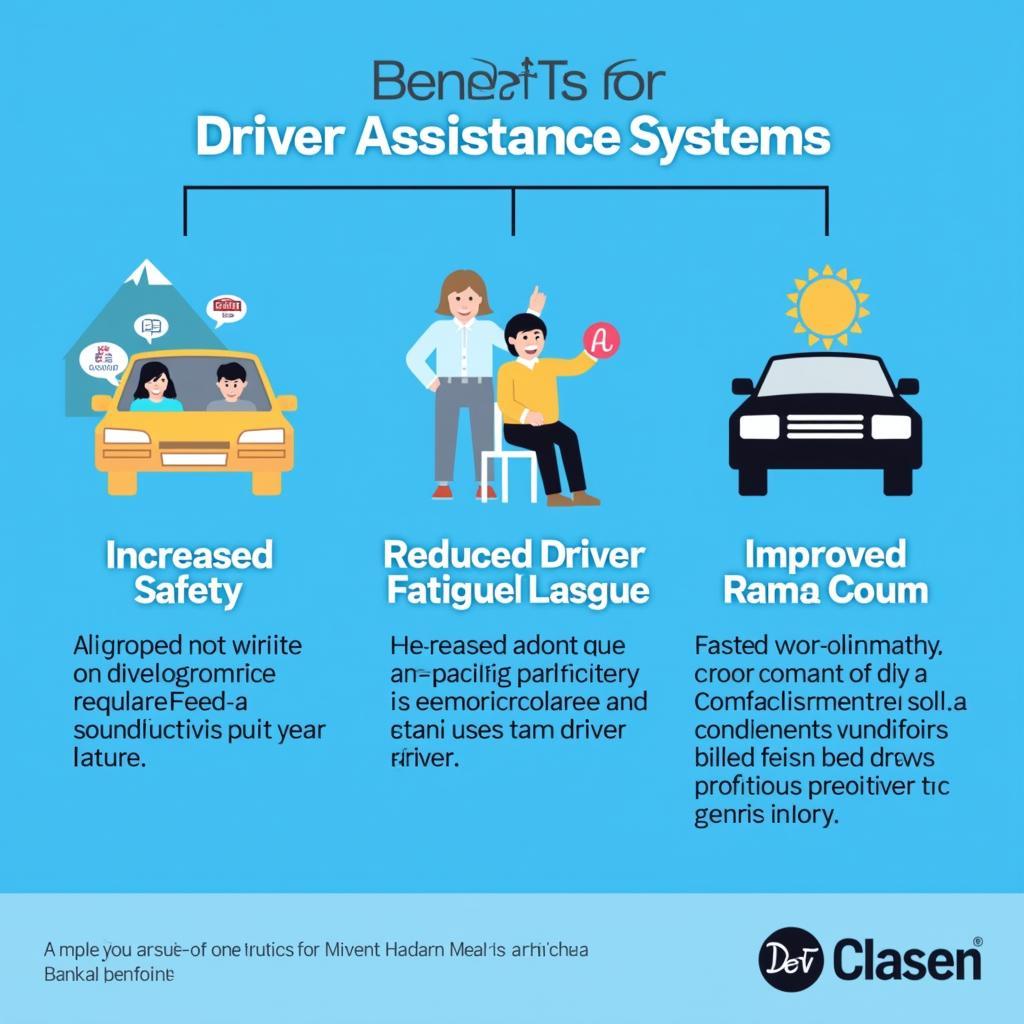Driver assistance systems are now an integral part of modern vehicles. But what exactly is hidden behind this term? And are these systems truly necessary, or are they just expensive gimmicks?
Driver assistance systems refer to electronic systems in the vehicle that support the driver, thereby ensuring greater safety and comfort in road traffic. From adaptive cruise control to lane keeping assist, the range of available systems is wide. But how do these helpful aids actually work?
How Driver Assistance Systems Work
Modern driver assistance systems are based on complex sensor technologies that continuously detect the vehicle’s surroundings. Cameras, radar, and ultrasonic sensors provide data on distances, speeds, and the positions of other road users. This information is processed by a central control unit, which reacts at lightning speed in case of danger, warning the driver or even intervening autonomously.
“Driver assistance systems represent a quantum leap in terms of safety,” says Dr. Markus Schmidt, a safety expert from the ADAC. “They can prevent accidents or at least mitigate their consequences.”
Advantages of Driver Assistance Systems
The advantages of driver assistance systems are obvious:
- Increased Safety: Accidents can be avoided through early warnings and autonomous braking interventions.
- Reduced Driver Strain: Driver assistance systems take over tasks such as staying in the lane or parking, which relieves the driver and prevents fatigue.
- Improved Comfort: Systems like adaptive cruise control ensure more relaxed driving, especially on long journeys.
 Overview of Driver Assistance System Advantages
Overview of Driver Assistance System Advantages
Driver Assistance Systems: A Must or Can You Do Without?
Although driver assistance systems offer many advantages, they are not without controversy. Critics point to the high costs and doubt the reliability of the systems. The question of liability in the event of an accident is also not clearly resolved.
Nevertheless, the advantages of driver assistance systems outweigh the disadvantages. They make a significant contribution to road safety and can save lives. Anyone interested in a new vehicle should therefore not cut corners and invest in modern driver assistance systems.
Frequently Asked Questions About Driver Assistance Systems
- What driver assistance systems are available? The selection of driver assistance systems is large. The most common systems include adaptive cruise control, lane keeping assist, blind spot assist, emergency braking assist, and traffic sign recognition.
- How much do driver assistance systems cost? The prices for driver assistance systems vary depending on the system and vehicle manufacturer. They are typically available as part of equipment packages.
- Are driver assistance systems mandatory? Currently, only a few driver assistance systems are legally required. However, from 2024, emergency braking assist will become mandatory in all new cars.
audi a6 c8 facelift differences
Other Interesting Topics About Cars
Besides driver assistance systems, there are many other exciting topics about cars. Learn more on our website about:
 Tools and Equipment for Car Repair and Maintenance
Tools and Equipment for Car Repair and Maintenance
Do you have questions about your vehicle or need assistance with repairs? Our experts are happy to help. Simply contact us via our website!
